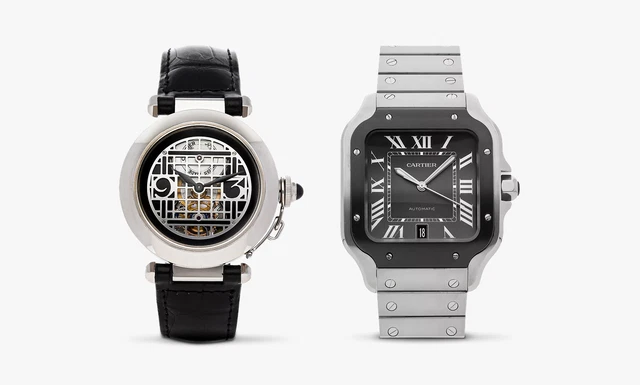Cartier Tortue Wristwatches
Shop by category
Featured
82 results
Sort: Best Match
- $14,000.00or Best Offer$100.00 shipping
- $13,450.00or Best OfferFree shipping10 watching
- $13,450.00or Best OfferFree shipping10 watching
- $26,495.00or Best OfferFree shipping
- $8,101.26$35.00 shipping
- $15,894.45or Best OfferFree shipping16 watching
- $25,030.00Free shipping
- $13,116.00$35.00 shipping
- $34,000.00or Best OfferFree shipping
- $5,393.25or Best Offer$202.50 shipping
- $16,950.00Free shipping
- $20,830.00Free shipping
- $49,999.00or Best OfferFree shipping
- $18,547.00Free shipping18 watching
- $15,655.01$35.00 shipping
- $8,507.21$35.00 shipping
- $21,795.00or Best OfferFree shipping
- $21,450.00or Best OfferFree shipping10 watching
- $58,500.00or Best OfferFree shipping
- $15,690.00Free shipping
- $8,775.00or Best Offer$67.50 shipping
- $10,450.00or Best OfferFree shipping
- $15,900.00or Best OfferFree shipping
- $14,999.00Free shipping24 watching
- $5,100.00or Best Offer$14.40 shipping74 watching
- $18,840.00Free shipping
- $18,264.00$35.00 shipping
- $57,750.00Free shipping
- $11,440.00Was: $14,300.00was - US $14,300.00or Best OfferFree shipping
- $16,307.20Was: $20,384.00was - US $20,384.00$35.00 shipping
- $17,420.00Was: $21,775.00was - US $21,775.00$35.00 shipping
- $16,450.00or Best OfferFree shipping
- $13,103.00$35.00 shipping
- $21,728.41$35.00 shipping
- $28,841.70Was: $32,406.40was - US $32,406.40Free shipping
- $14,500.00or Best OfferFree shipping
- $12,430.00Free shipping
- $42,116.00Free shipping15 watching
- $17,170.00Free shipping
- $16,504.91$35.00 shipping
- $19,050.00Free shipping
- $13,500.00Free shipping
- $16,017.46$35.00 shipping
- $17,495.00or Best OfferFree shipping21 watching
- $15,450.00or Best OfferFree shipping
- $16,200.11or Best OfferFree shipping
- $25,350.00Free shipping
- $11,123.50$35.00 shipping
- $19,890.00Free shipping
- $19,561.00or Best Offer$79.00 shipping
- $47,950.00or Best OfferFree shipping
- $12,540.00Free shipping
- $9,319.46$35.00 shipping
- $24,400.00or Best Offer$35.00 shipping
- $12,999.00Was: $13,648.95was - US $13,648.95Free shipping
- $13,450.00or Best OfferFree shipping
- $15,162.00or Best Offer$45.00 shipping
- $13,999.95or Best OfferFree shipping12 watching
- $20,675.20Was: $25,844.00was - US $25,844.00$35.00 shipping
- $16,449.00or Best Offer$35.00 shipping


